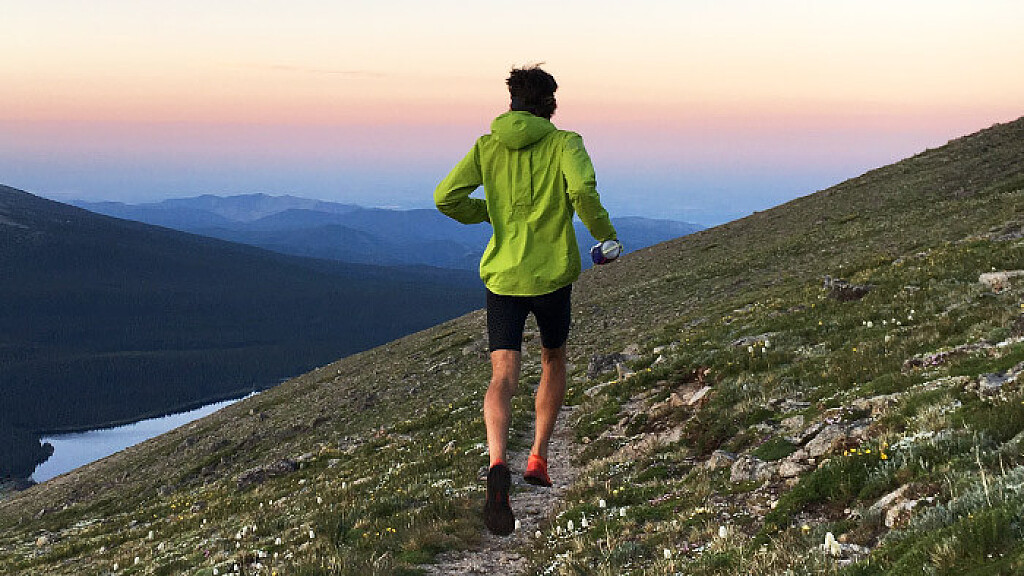Running News Daily
Running News Daily is edited by Bob Anderson. Send your news items to bob@mybestruns.com Advertising opportunities available. Train the Kenyan Way at KATA Kenya and Portugal owned and operated by Bob Anderson. Be sure to catch our movie A Long Run the movie KATA Running Camps and KATA Potato Farms - 31 now open in Kenya! https://kata.ke/
Index to Daily Posts · Sign Up For Updates · Run The World Feed
Incorporate these downhill running techniques into your easy runs to improve your turnover and speed
When you are running downhill, it may seem like an opportunity to pick up the pace. But you need to be smart about how you approach it: running downhill generates more force than running uphill or on a flat surface, putting more pressure on your muscles and joints. Often, runners will hit the downhill too fast or too hard, and they may pay for it later in the race (or even suffer an injury).
There are techniques for running downhill properly, helping you avoid injury and improve your leg turnover and speed.

Relax your upper body
Gravity naturally forces your body to land harder on the surface when running downhill. Instead of stomping down a decline or tensing your neck muscles to help slow you down, relax your upper body from your core and up, and let gravity do the work for you.

A great way to practice your downhill running is on easy runs. Try to incorporate downhill routes into your training to master the form. Don’t train on a hill that’s too steep. Look for a downhill with a three to five per cent grade and practice your form.
Control your stride
When approaching an uphill or downhill, the goal is to sustain the cadence from the flats. One way to do this is by controlling your stride. Lean slightly forward with your body and hips, forcing your legs to land underneath your body. If you are running down a technical hill, shortening your stride and taking quick, short steps will give you more control and is a great way to avoid injury.
Engage your core and keep your hips forward
Our bodies have a natural tendency to lean back and slam down with our heels, causing us to lose momentum on the downhill and to overstride. A way to prevent this is by engaging your hips and core and pushing them slightly forward—this will force your legs to land under your body, giving you more control of your stride without losing speed.
by Marley Dickinson
Login to leave a comment




